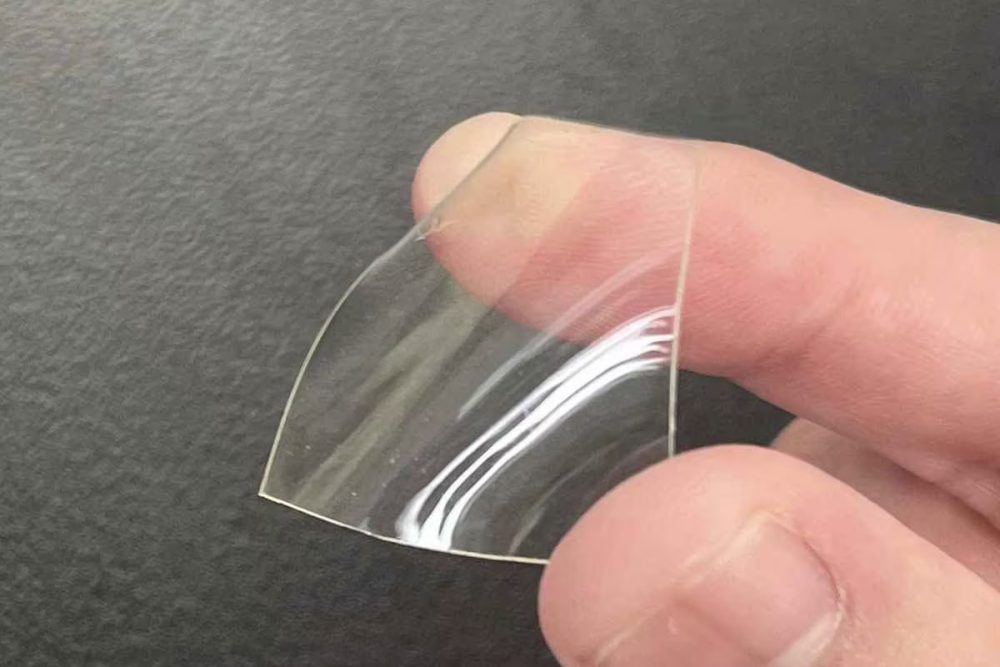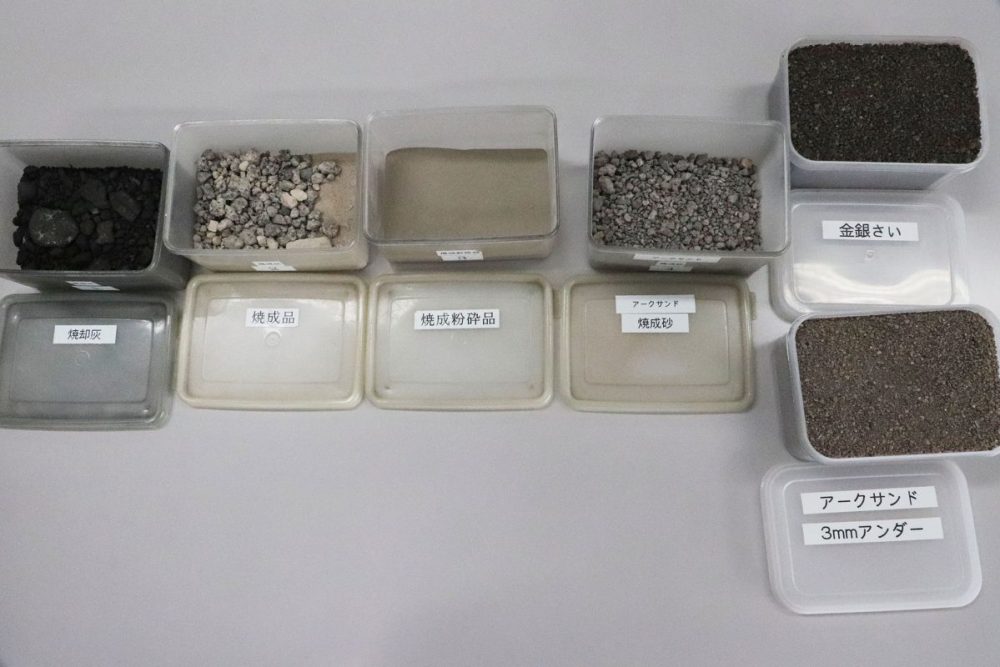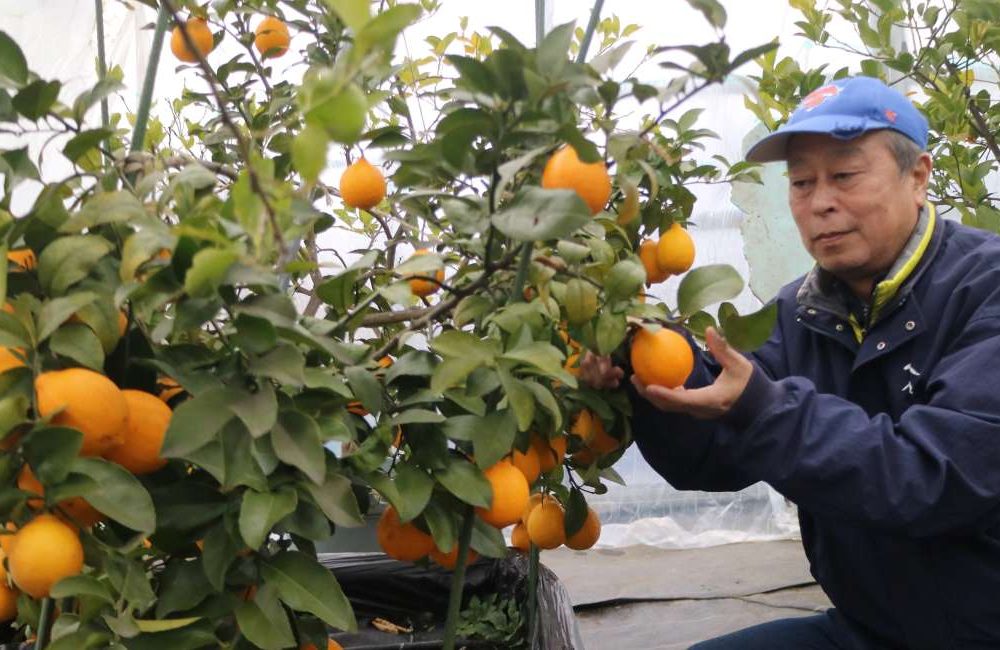Nature-Inspired Innovation: Can Biomimetics Help Us Achieve Sustainable Societies?
Scientists have long looked to animals and plants for inspiration. Could biomimetics provide solutions to environmental issues facing the planet?
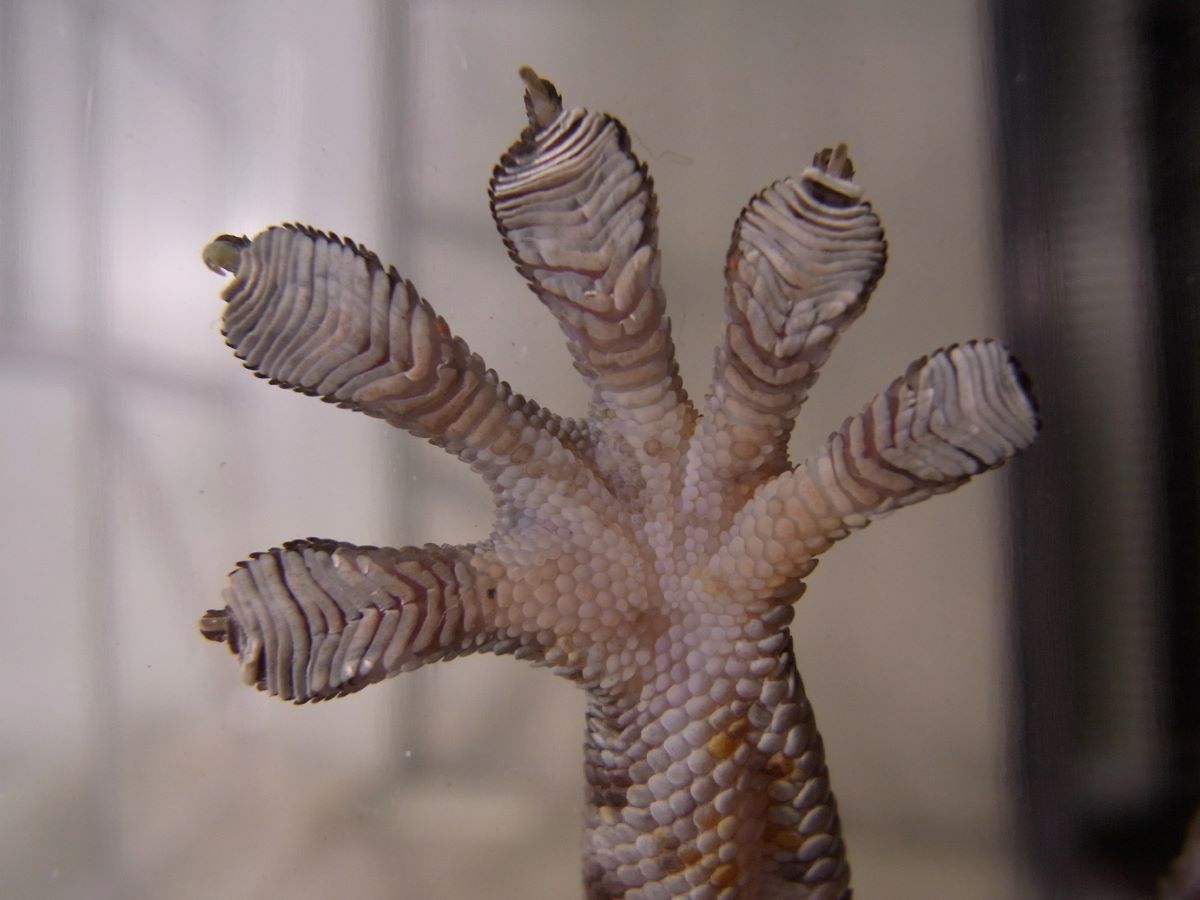
このページを 日本語 で読む
The practice of analyzing the functions and mechanisms inherent in living organisms and applying them to manufacturing is known as “biomimetics” or “biomimicry.” Over various epochs, biomimicry has emerged as a source of innovations and technological breakthroughs.
Amid the global climate change crisis and ongoing efforts to promote efficient material use and recycling, there's growing anticipation that biomimicry could play a crucial role in realizing a circular society and mitigating environmental impacts. Let's delve into the current landscape.
Achieving the Ideal
"In simple terms, biomimetics involves harnessing the optimal features of systems that have evolved over billions of years within natural cycles on the Earth," explains Kazuhiko Ishihara, Specially Appointed Professor at Osaka University's Graduate School of Engineering.
For three decades, Professor Ishihara has dedicated his research to developing the MPC polymer, a material that mimics the structure of the human cell membrane. This polymer boasts exceptional hydrophilic and water-retaining properties, coupled with the ability to prevent the adhesion of substances like proteins. In the summer of 2023, Alcon Japan introduced a contact lens using MPC polymer that mimics the human cornea.

"As a molecule, it's an MPC polymer, and structurally it mimics the human cornea, employing a dual biomimetic approach. I have researched biomaterial research for years and have been involved in developing contact lenses. This innovation comes remarkably close to the ideal," asserts Professor Ishihara.
The "ideal," as Professor Ishihara describes it, emerged through the imitation of living organisms.
Solving Challenges in Product Design
Drawing inspiration from nature to tackle design challenges is not a modern phenomenon. Leonardo da Vinci, for instance, observed birds in flight to conceptualize a flying machine. The shield construction method applied in tunnel excavation has roots in the habits of shipworms. These creatures burrow into wooden ships and reinforce the holes they inhabit with lime.
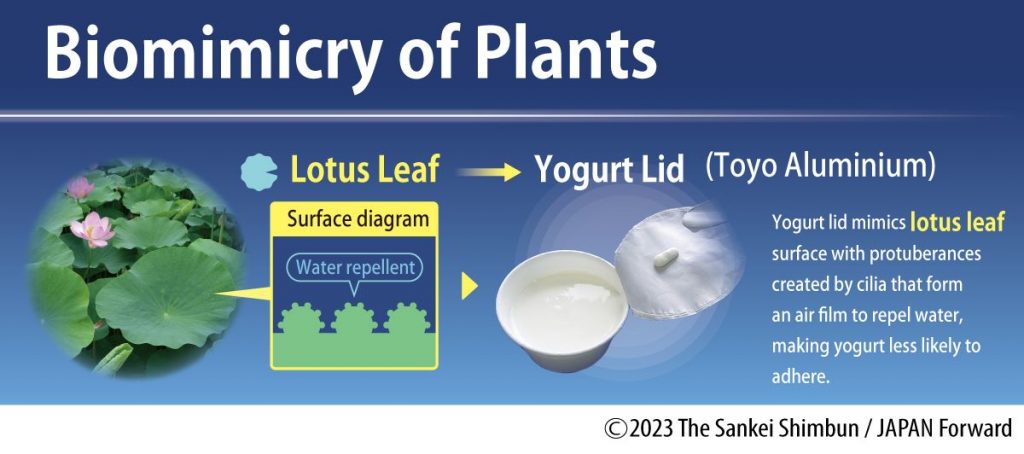
Biomimetics takes three distinct approaches. First, molecular mimicry involves the creation of molecules like an MPC polymer. Another example is the mimicry of a unique amino acid structure in the Mediterranean mussel that allows it to adhere to rock surfaces underwater. Second, morphological mimicry copies the physical forms of living organisms. An example is yogurt lids that leverage the water-repellent properties of lotus leaves to prevent yogurt from sticking to them. The third is functional mimicry, a hybrid approach that combines both molecular and morphological imitation.
Developments can take two approaches. One connects biological discoveries to new technologies – the biology-push approach. The other seeks solutions to challenges faced by existing technologies or products through insights from the realm of biology – the technology-pull approach.
Mimicking the Gecko
The undersides of a gecko's toes are covered in a dense array of fine hairs. When these hairs come into contact with surface irregularities of a wall, a subtle force is generated. The gecko clings to the wall without any adhesive.

Takahiko Hariyama, Professor at Hamamatsu University School of Medicine, has channeled his efforts into utilizing this force to develop gloves for persons with hand impairments. These gloves aid in tasks such as turning pages or grasping objects and are a remarkable example of deriving solutions from biological mechanisms to overcome challenges posed by existing products.
Coexistence
Expectations for biomimetics extend to finding clues to address climate change challenges by emulating the naturally cyclical world created by nature. In other words, the concept means we can learn from nature to minimize environmental impacts and achieve a sustainable society. Is such a vision attainable?
Professor Masatsugu Shimomura of Chitose Institute of Science and Technology proposes a shift towards "ecomimetics" building on the biomimetics concept. The concept is aimed at a harmonious relationship between humans and nature.
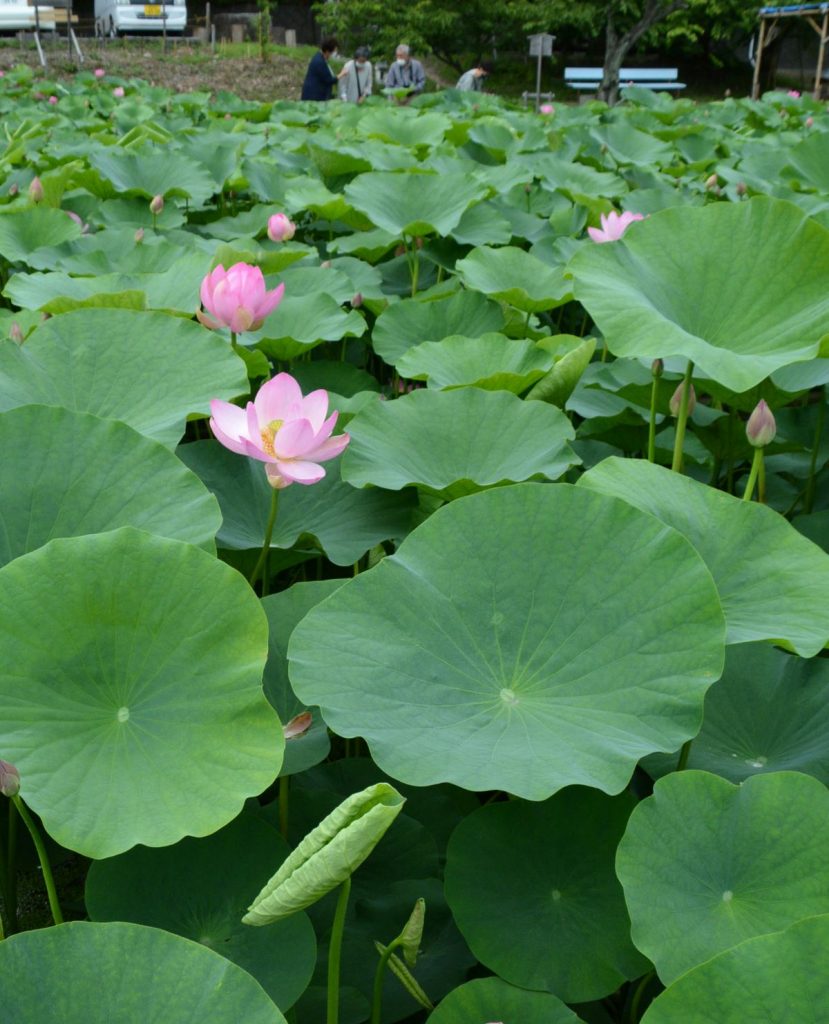
In contrast to biomimetics which draws inspiration from living organisms, ecomimetics looks to ecosystems such as forests, mountains, and oceans, to create a sustainable society. Professor Shimomura emphasizes the importance of understanding the worldview of insects, animals, and plants.
"It’s crucial to see the world through the eyes of insects. Biomimetics makes this possible," he points out. "The phenomenon of self-organization that creates living organisms is a spontaneous and complex system-building process — an inherent function of nature. Ecomimetics aimed at creating a sustainable society from the mechanisms and ecosystems of nature have the potential to reshape traditional societal paradigms," he adds.
Japan is now lagging behind in industrial applications of biomimetics compared to other developed countries. Professor Hariyama notes, "Philosophy is essential when developing something. The Japanese view of nature doesn’t necessarily center around humans and is characterized by the belief in the presence of myriad gods in all things. This perspective has the potential to lead the world in advancing ecomimetics."
このページを 日本語 で読む






